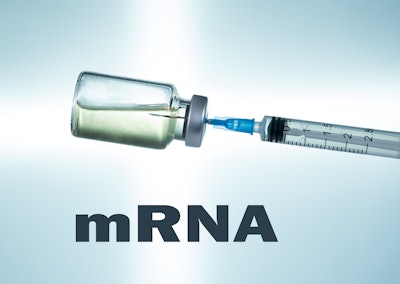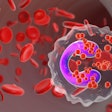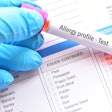
Two serum microRNAs — miR-130a-3p and miR-326 — appear to serve as significant biomarkers for airway inflammation and prognosis in pediatric bronchial asthma, according to new research. The discovery is outlined in the Chinese study, “Serum miR-130a-3p and miR-326: Correlation With Airway Inflammation and Prognostic Implications in Pediatric Bronchial Asthma,” recently published in the Journal of Asthma and Allergy.
The authors reported that decreased levels of serum miR-130a-3p and miR-326 are linked to airway inflammation in children with bronchial asthma. Their interaction may increase the risk of poor prognosis, making them crucial biomarkers for clinical evaluation.
The study analyzed 122 children with bronchial asthma to determine the potential of these miRNAs in improving the diagnosis and treatment of bronchial asthma. Researchers divided the participants into remission and attack groups based on disease progression and compared them with a control group of 50 healthy children. Using PCR and ELISA techniques, they measured the levels of miRNAs and inflammatory markers.
Key findings from the study indicated:
- Inflammatory marker correlation: Serum miR-130a-3p and miR-326 levels were negatively correlated with IL-4, TGF-β1 and CKLF-1 levels, but positively correlated with IL-10 levels. This indicates their protective role against airway inflammation.
- Prognostic value: Lower levels of these miRNAs were associated with poor disease control and prognosis. The combination of miR-130a-3p and miR-326 showed high sensitivity and specificity in predicting poor outcomes.
According to researchers, the results of the study suggest that monitoring these miRNAs can provide valuable insights for clinicians in assessing the prognosis and tailoring treatment strategies that up-regulate miR-130a-3p and miR-326 expression in children with asthma.
Although future research is needed to explore miRNA-targeted therapies and further validate these findings, the study’s authors said this opens new avenues for personalized asthma treatment and highlights the importance of early diagnosis and intervention in pediatric asthma management.






















